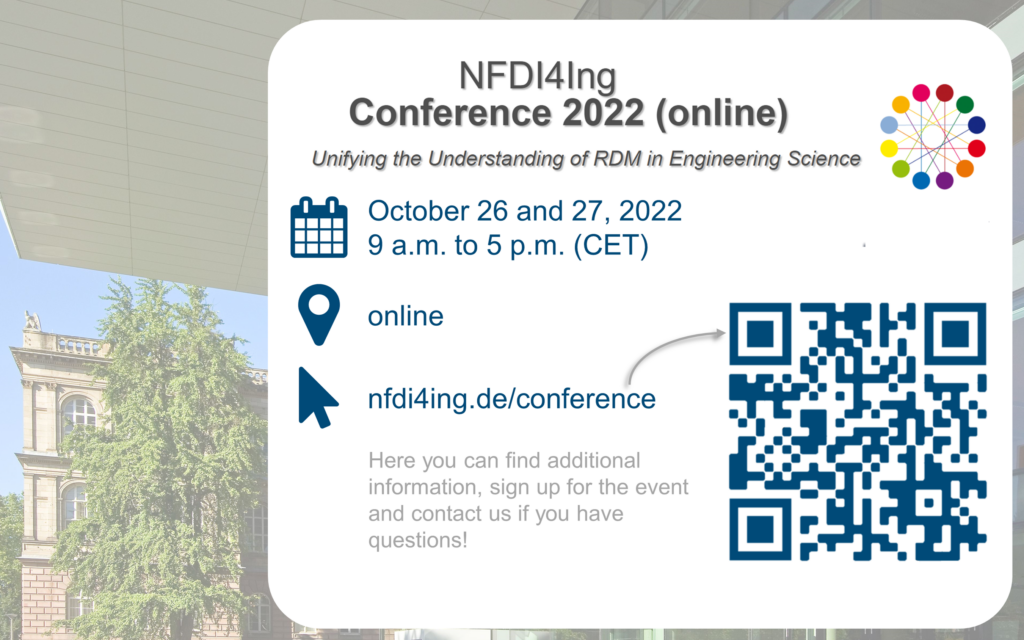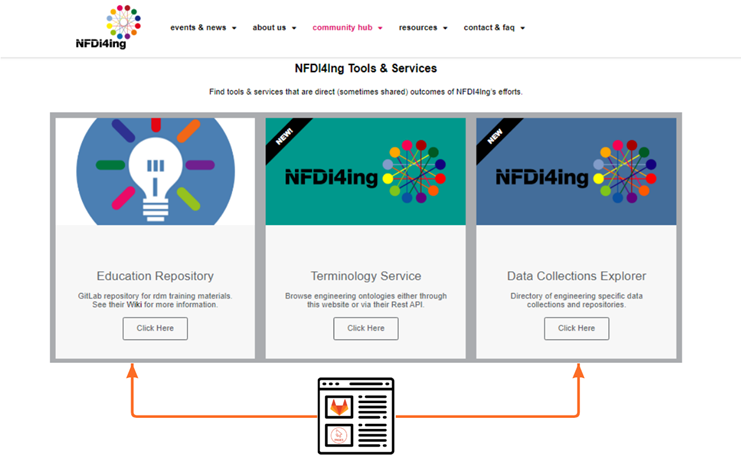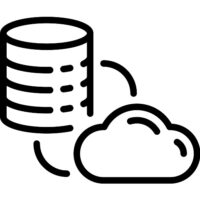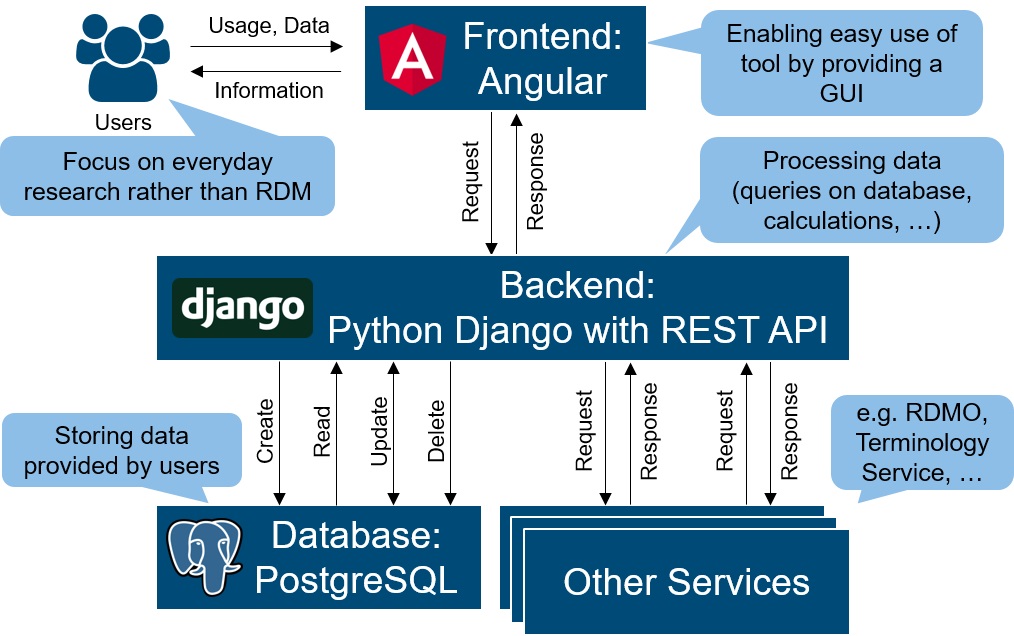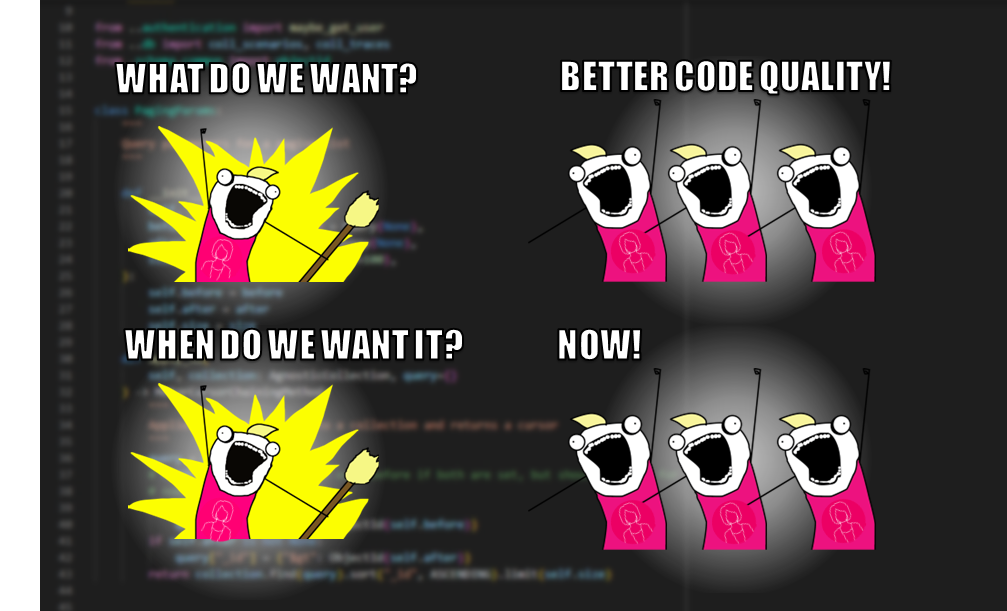
What Do We Want? Better Code Quality! When do we want it? NOW!
For most researchers, working with code is common practice. However, many researchers lack knowledge and experience in how to write good code. In the Task Area Alex, we addressed this problem and developed a set of guidelines currently being tested at the Chair of Fluid Systems, TU Darmstadt.

